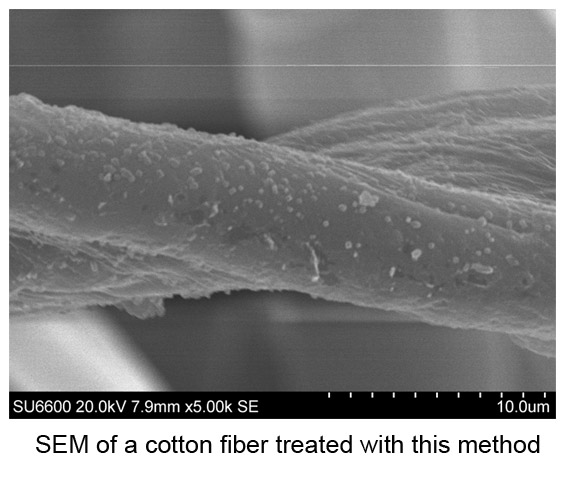Hi Sebastien,
Seeing as you mention ice / snow you probably have already considered this application, but I'll mention it anyway.
The Discovery TV show, Deadliest Catch, shows a feet of crap fisherman who operate in the Bering Sea. When crabbing during the winter months they have a constant battle with ice that forms on deck which in extreme cases causes the boat to become unstable. The crew has to manually remove the ice with sledge hammers and from the looks of it, it's quite a process.
I'm pretty sure that they and other ocean going craft that have the same issue with ice would jump at a solution where one could simply spray / paint the boat with your invention to minimize ice formation or aid in the removal of the ice.
Seeing as you mention ice / snow you probably have already considered this application, but I'll mention it anyway.
The Discovery TV show, Deadliest Catch, shows a feet of crap fisherman who operate in the Bering Sea. When crabbing during the winter months they have a constant battle with ice that forms on deck which in extreme cases causes the boat to become unstable. The crew has to manually remove the ice with sledge hammers and from the looks of it, it's quite a process.
I'm pretty sure that they and other ocean going craft that have the same issue with ice would jump at a solution where one could simply spray / paint the boat with your invention to minimize ice formation or aid in the removal of the ice.



